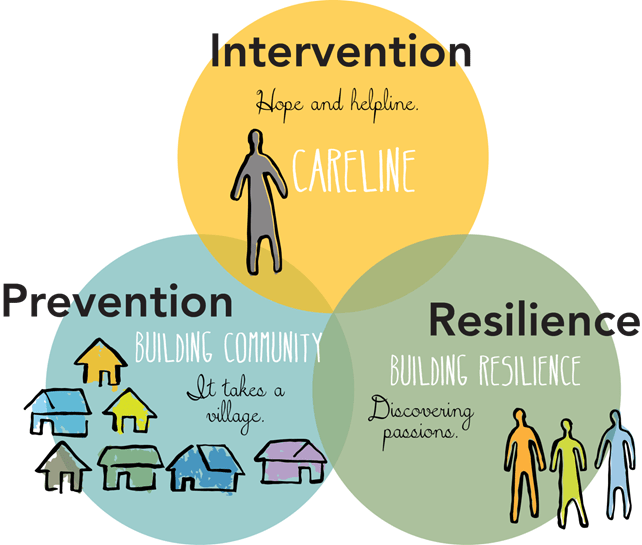It’s normal to feel alone and overwhelmed when you and your significant other are stuck in unhealthy, repetitive cycles and on very different pages regarding a solution. As far as some might be concerned, couples or individual treatment might be a characteristic decision, however many individuals have enormous obstacles to looking for any sort of treatment. This oppositional dynamic inside a heartfelt connection is pervasive. USA Today as of late distributed an article that proposed the most current dating dealbreaker: not going to treatment. Assuming this sounds like a contention you and your accomplice have had previously, continue to peruse. We would like to provide some perspective and direction on how to proceed through these challenging conversations.
Keep in mind, that treatment conveys a great deal of shame — it’s unquestionably powerless, requires a lot of inward work and persistence, and can in any case be out of reach because of funds, district, social impact, and so forth. Your accomplice might have had a terrible involvement in treatment before. They may have preconceived notions regarding the kind of person who attends therapy. Your soul mate might consider treatment to be a shortcoming or just may not comprehend what truly occurs during treatment. Dread might be the hidden inclination, rather than preventiveness, hesitance, or presumption.
Educational Assets:
Share Books or Articles: Suggest relationship books or articles that investigate the positive effect of treatment. Giving substantial assets can act as a delicate prologue to the helpful cycle.
TED Talks or podcasts: Recommend paying attention to webcasts or watching TED Talks that examine the advantages of couples’ treatment. Hearing genuine stories and master experiences could resonate with your companion.
Tending to Explicit Worries:
Privacy Confirmation: If security is a worry, guarantee your mate that treatment meetings are classified. This assurance may allay concerns regarding the disclosure of personal information.
Stopping Disgrace: Talk about the advancing cultural point of view on treatment and psychological wellness. Many individuals, including famous people and well-known people, straightforwardly share their positive encounters with treatment, adding to destigmatization.
Include Them All the while:
Decision of Specialist: Include your partner in the selection of a therapist. Research together, read specialist profiles and consider their inclinations to find an expert who resounds with both of you.
Preliminary Meeting: Suggest that you attend one session of introductory or trial therapy. This permits your life partner to encounter the cycle firsthand without a drawn-out responsibility.
Encouraging Profound Association:
Communicating Concerns: Support an open exchange where the two accomplices can communicate concerns and fears. Be sure to acknowledge your partner’s emotions and stress that therapy is a team effort.
Shared Objectives: Examine your common objectives as a team. Feature how treatment can be a steady device in accomplishing these objectives and building the future you both imagine.
Observing Advancement:
Customary Registrations: When treatment starts, propose customary registrations to talk about the advancement and encounters. This makes a continuous discourse and builds up the positive effect of the helpful excursion.
Celebrate Little Wins: Recognize and commend any certain progressions or forward leaps coming about because of treatment. Uplifting feedback can additionally spur progressing cooperation.
Understanding the Reason: Understanding the reasons for the spouse’s reluctance is essential before exploring potential strategies. Protection from treatment can come from different sources, including the dread of weakness, shame related to looking for help, or a conviction that the issues can be settled freely. Transparent correspondence turns into the bedrock for figuring out these reservations.
Starting a Gentle Discussion: Moving toward a safe companion with sympathy and a certifiable craving for understanding is the initial step. Making a place of refuge for exchange permits the two accomplices to communicate their sentiments without judgment. It’s fundamental to pass the goal not on to find fault yet to aggregately reinforce the relationship.
Featuring the Positive Parts of Therapy: Underscoring the likely advantages of treatment can be an enticing methodology. Featuring that treatment isn’t exclusively about resolving issues yet in addition about upgrading correspondence, cultivating understanding, and furnishing the couple with devices for long haul flexibility could resound emphatically.
Solo Treatment as a Beginning Stage: If the mate stays reluctant to go to couples’ treatment, recommending individual treatment for oneself can be a helpful other option. Self-reflection and personal development can take place in solo therapy, which may have a positive impact on the dynamics of the relationship.
Defining Limits and Focusing on Taking Care of oneself: While looking for proficient assistance is profitable, it’s similarly significant for the accomplice to put resources into treatment to lay out sound limits. This requires recognizing one’s influence’s limits and prioritizing one’s well-being. Participating in taking care of oneself practices can add to close-to-home versatility during this difficult cycle.
Investigating Elective Methodologies: At times, the safe mate might be more open to elective types of help, like relationship studios, withdrawals, or online assets. Flexibility in trying out different options can show that you want to grow while making room for the partner’s comfort level.
Persistence and Consistency: Change is a slow interaction, and moving toward this excursion with patience is urgent. It is possible to gradually chip away at resistance by making consistent efforts to maintain open communication, express vulnerability, and reaffirm the commitment to the relationship.
Rethinking and Changing Assumptions: It’s fundamental to perceive that, regardless of endeavors, the safe companion may not promptly embrace the possibility of treatment. Reevaluating and changing assumptions is a practical part of this cycle. Persistence and tirelessness become key excellencies during this stage.
Getting Help from Family or Friends: While proficient treatment is ideal, looking for help from companions or family who can offer direction or go about as go-betweens can give an extra layer of help. Their points of view might add to a more exhaustive comprehension of the circumstance.
Knowing When to Look for Couples Treatment Alone: If the resistant partner persists in their refusal, the partner who is invested in therapy may choose to attend couples therapy by themselves. This can give a stage to investigate individual commitments to relationship elements and gain bits of knowledge that might impact the organization emphatically.
Conclusion
More or less, persuading a life partner to go to treatment when they’re not sharp requires being understanding and talking transparently. Center around the beneficial things treatment can bring, similar to individual and relationship development. Be adaptable and consider various ways, such as trying treatment separately or utilizing the web assets. Be patient and celebrate even the smallest accomplishments; ensure that your spouse is involved in the decisions. Obtain expert guidance if necessary. Keep the association solid by sharing sentiments and being open. The fundamental point isn’t simply seeking to treatment but making a space where both can develop and see each other better for a more joyful relationship.










